Where's My Answer?

Have you ever used matching worksheets with students?
You know, the ones where students connect vocabulary words to the correct definitions, math problems to the correct solutions, beginning sounds to the matching pictures...

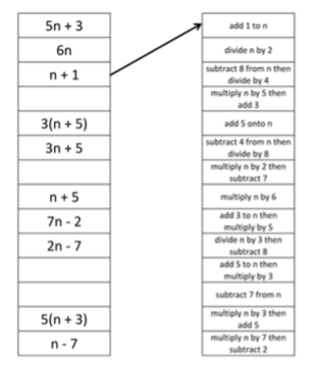
These can be helpful tools for individual assessment and preparing students for similar testing techniques in standardized tests. They can be made even more kinesthetic and engaging through online tools such as Jamboard for individual practice at home.
That’s nice, you say… but what does this have to do with Project GLAD®?
Project GLAD® strategies have the power to take what you already do or need to teach, and present it to students in a way that increases language development, communication, social interaction, memory retention and student engagement.
The “GLAD” version of a matching worksheet is a strategy called...drumroll please...
Where’s My Answer
Where’s My Answer can be used in any subject area or grade level.
Simply take the items stu...
Setting Up Your GLAD® Classroom
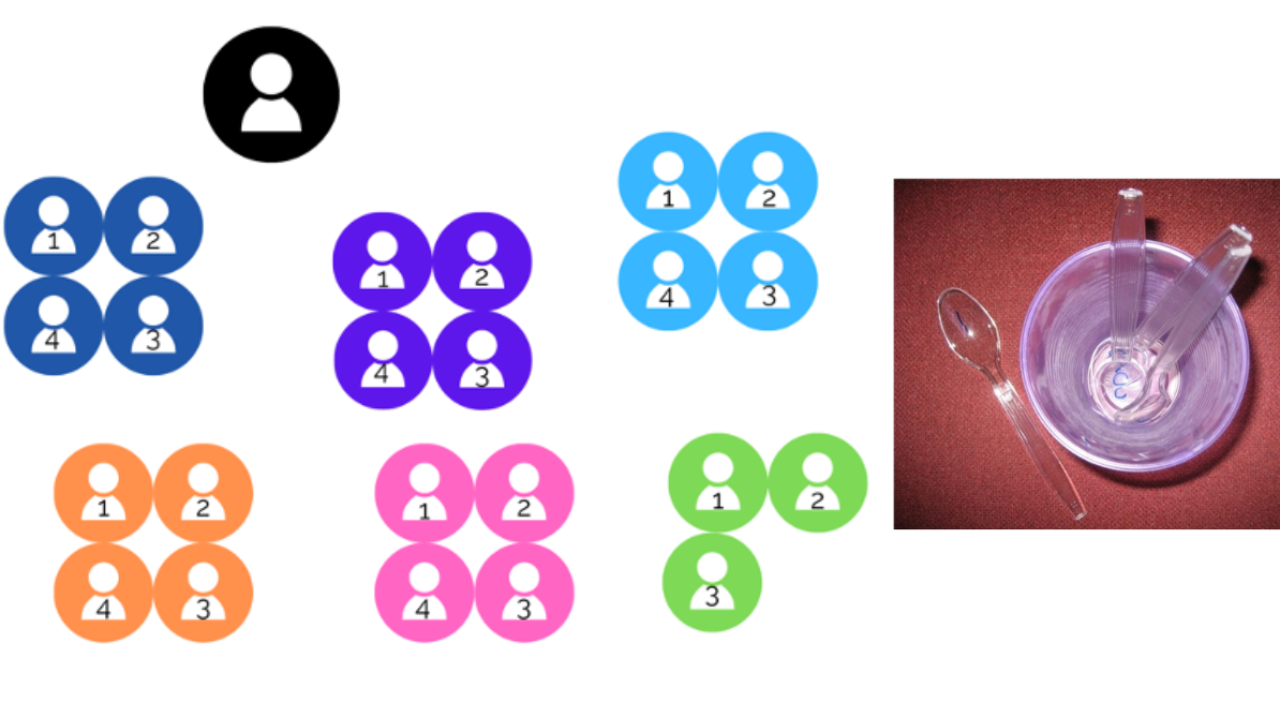
The beginning of the school year brings with it the feelings of anticipation, excitement, and nervousness for students and teachers alike. Dusting off our classroom libraries, moving furniture, and preparing bulletin board space for our students’ first projects are physical tasks we do to set up our classrooms. But we also set up our classrooms by thinking through the classroom structures and routines we’ll use this year.
Were the management structures you used last year effective? Are revisions needed?
Here are 3 quick steps to set up your GLAD® classroom:
- Create your heterogeneous seating chart
Place student desks in teams of 3 or 4. Use any data from last year you have available to create your best guess of heterogeneity. Mix students from different reading levels, problem solving abilities, language proficiency levels, behavior, gender, etc. You’ll be able to update your seating chart the second time around as your beginning of the year assessments are complete and ...
February Favorites: Add to the Walls
Favorite Strategy Extension: Add to the Walls
Raindrops on roses and whiskers on kittens. Bright copper kettles and…
Ah, February is a month for favorite things!
Favorite people.
Favorite flowers.
And favorite strategy extensions.
A favorite conference presentation for teachers is when we present a strategy with extensions that go beyond the basics. This year at NABE and WABE we’re focusing on extending Chants above and beyond with various Add to the Walls options.
INTRODUCING: ADD TO THE WALLS
Today, we’re focusing on using Add to the Walls with Chants. But the process works alongside any GLAD® chart: Pictorials, Found Poetry, you name it!
Once a chant has been processed whole class, it's time for teams, partners and individuals to interact with the vocabulary and content through a variety of menu options called Add to the Walls. This strengthens student vocabulary usage and deepens content depth of knowledge in a differentiated setting.
Our 6 favorite Add to ...
Practice Listening Comprehension with Listen and Sketch
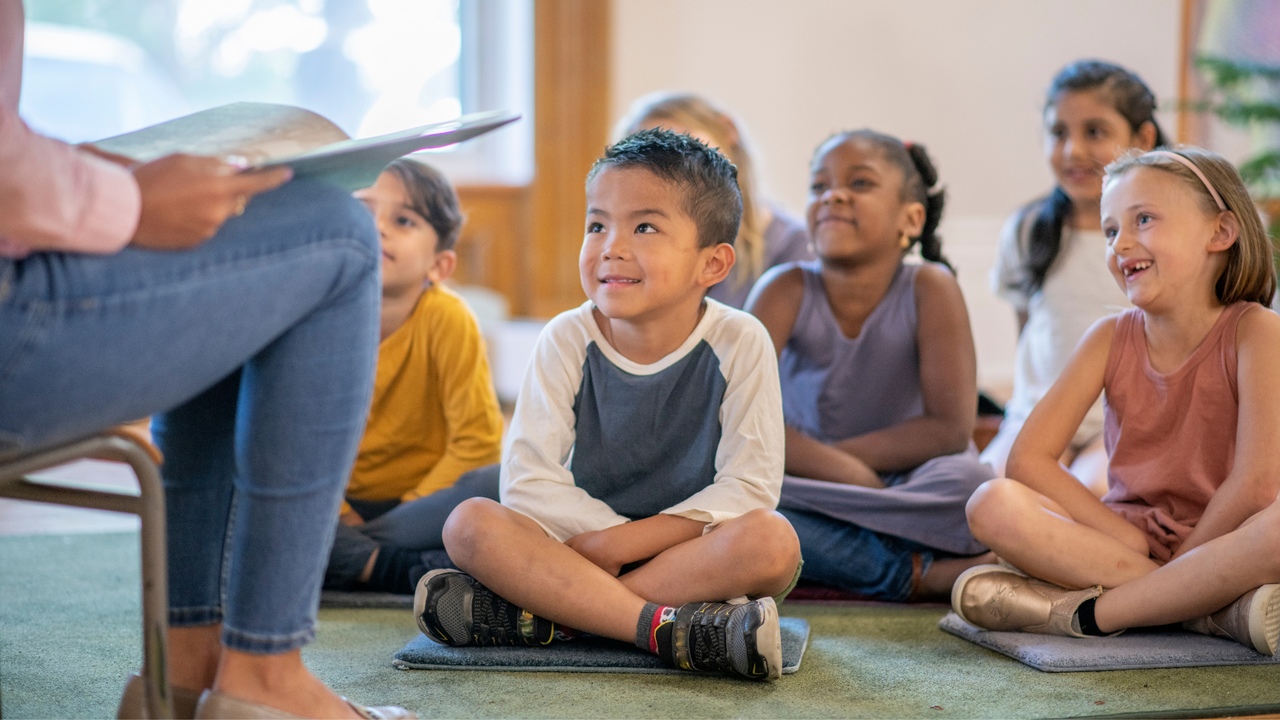
Looking for a low-prep December strategy that still packs literacy benefits?
The classroom is a buzz of activity and energy this time of year. If you're looking to calm the energy, increase engagement, all while practicing literacy skills, look no farther than Listen and Sketch.
Listen and Sketch is a GLAD strategy where teachers read a descriptive text in chunks. During the reading, students listen. When the teacher pauses, students sketch. The Listen and Sketch strategy practices listening comprehension and visualization.
There is a growing body of research on the importance of oral language development and listening comprehension. The more background knowledge and vocabulary young children have early on, the better readers they will become.
Primary reading instruction is a 2-prong model. Students learn decoding skills and comprehension and language skills. However, the same texts cannot be used for these two types of instruction because students' cognitive ability surpasse...
Can the Narrative be done electronically?
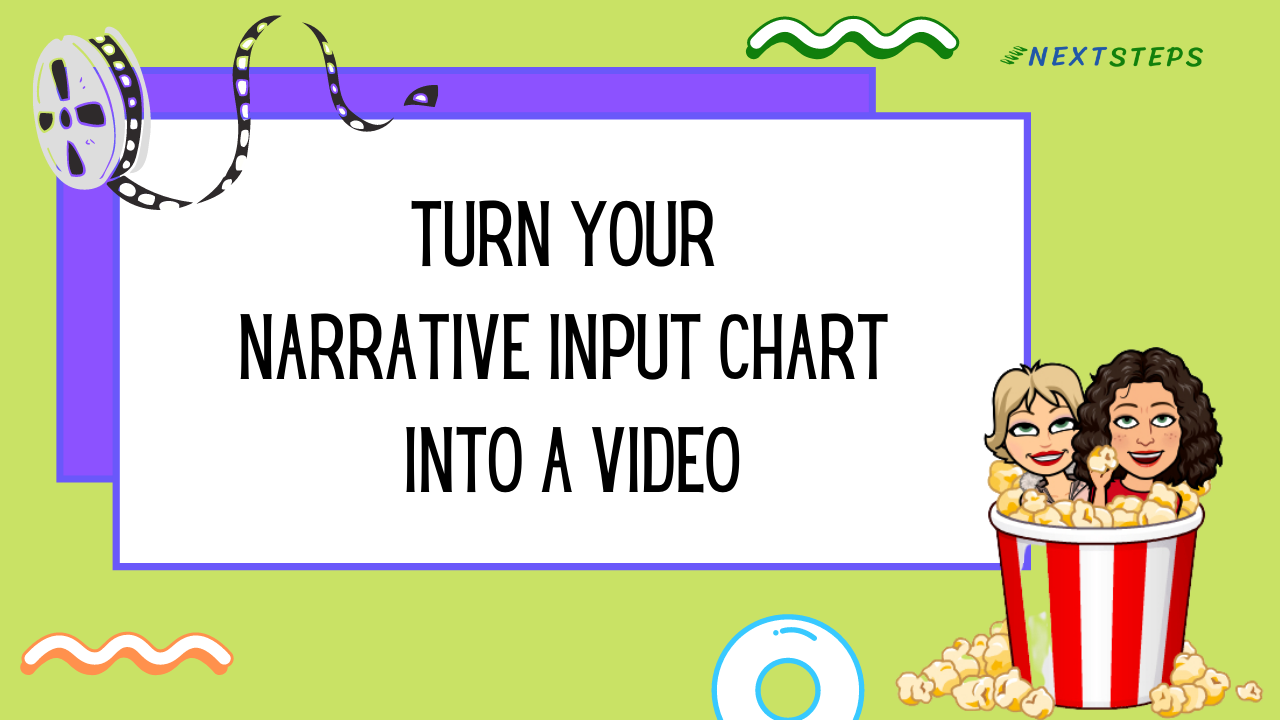
Teaching through stories is a fun, engaging way to teach your standards and vocabulary. The Project GLAD® strategy, Narrative Input Chart, is the strategy we use to teach fiction and non-fiction content that embeds academic language. But some teachers find the prep to create a narrative daunting. We are often asked, "Can the Narrative be done electronically?"
Yes! The benefits of creating a Narrative in a slide deck are ease of prep and set up, ease of sharing with colleagues, and using the narrative with small groups. You can even convert your power point narrative into an mp4 that students can play on-demand. We created this tutorial to show you how. Check it out!
Thanks for reading!
Sara and Jody
_____________________________
Here's what coming up Next!!
Acceleration 301: Read All About It!
If you liked learning about the Narrative Input Chart, you'll love our winter Acceleration boost. This module launches with a content related story, and extends...
Monitoring and reporting the growth of our ELs: The ELD Group Frame
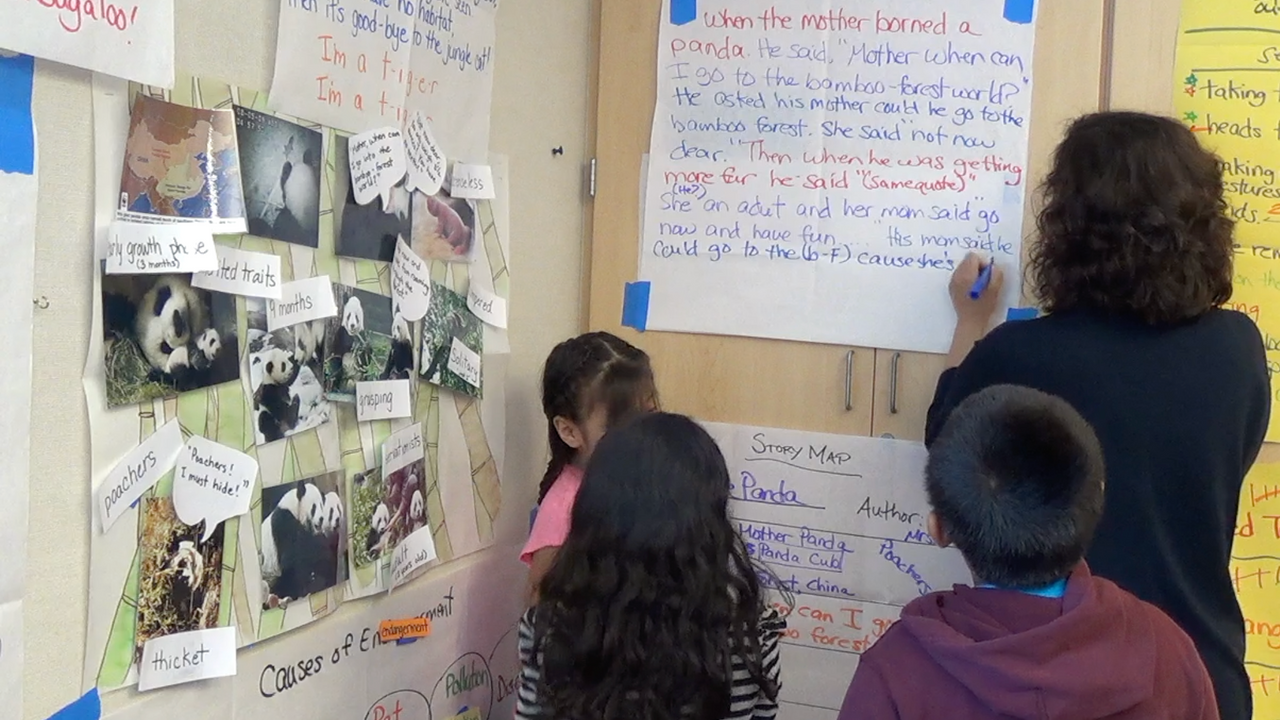
Final report cards are coming up!
The school year is about to wrap up and assessment is on everyone’s mind. We will soon report for the final time the content and skills our students learned this year.
For our English language learners, the ELD standardized test they took this spring will give scores how their language skills have progressed in listening, reading, speaking, and writing. Unfortunately, these scores are not helpful in informing what we write on our report cards or supporting our students oral language development in these last weeks of school.
What classroom-based assessment will help me determine my students’ oral language growth and proficiency?
The Project GLAD® strategy, ELD Group Frame, is a no-fuss, low-prep way to get a snapshot of students’ English proficiency. From this running record of oral language, we can get a record of language skills they have mastered and ones that will inform our future instruction.
It’s a simple strategy to implement.
- The ...
How do you motivate students who don't want to engage?

Have you ever felt completely unmotivated? We’ve all been there. And so have our students.
All teachers struggle from time to time with engaging unmotivated students. It begs the question, why aren’t they engaged? At the most basic level, student need to have their physical and psychological needs met in order to learn. You may be familiar with the phrase, “Maslow before Bloom”. Students who are tired, hungry, lonely, scared, frustrated… face an invisible barrier to engage fully in the learning process.
Today, we’re focusing on meeting students’ needs in one of these areas: love and belonging.
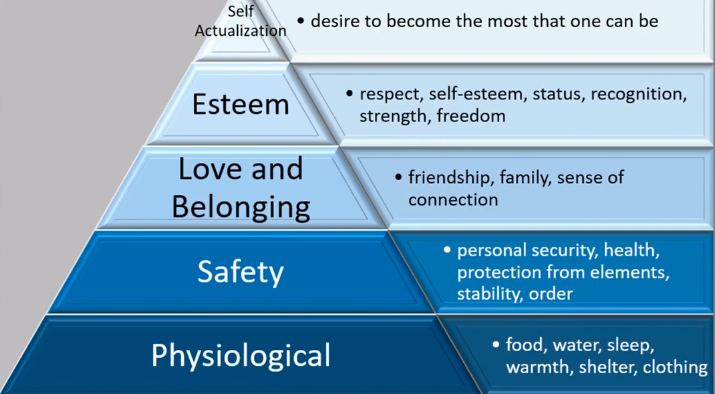
“Feeling personally accepted, respected, included, and supported in the school environment makes students feel they belong to a school (Taylor & Sobel, 2011). Students who lack a sense of belonging are often unmotivated and non-participative.” (OCDE Project GLAD Learning Guide, 2015)
How to enhance a sense of belonging in the classroom
Those of you who were trained by us in Project GLAD...
Teaching Grammar through the SPC

What’s the first thing that comes to mind when you think of teaching grammar? Anticipation? Dread? Or just plain… b-o-r-i-n-g?
Understanding grammar is necessary for English learners and native speakers to understand, speak, read, and write the English language properly. But it doesn’t have to be complicated, dull or scary!
Simply put, grammar is the study of sentence structure.
All you really need are a few basic guidelines and the Project GLAD® strategy called the Sentence Patterning Chart, or SPC.
Tips for teaching grammar
- Teach the basics
Beginning language learners need to know 3 basic grammar rules:
- Parts of speech
- Subject-Verb agreement (Who’s doing the action?)
- Verb Tense (When is the action happening?)
- Teach what students need
Once your students have the basics, all the other grammar points and skills can be taught in any order. Yep, you heard me right. In any order.
Linguist, Stephen Krashen, developed 5 hypotheses for language acquisition, one o...
Set the Tone with a Tune

Set the Tone with a Tune
Your brain is a lean mean music machine!
There are multiple parts of the brain that like to get in on the dance. And the Mighty Amygdala is no wallflower. The amygdala has three layers of cells. The top layer picks up its cue from smells, seeing faces, and sounds - especially the sounds of music, happy music! This feeds directly into our emotional response.
Music can generate an atmosphere of well-being and positivity. It can calm and relax. It can spark the flow of ideas and creativity. It can focus and target brain waves for concentration.
Experiencing music together creates a sense of group cohesion.
Music becomes even more uniting when we add collective movement to the rhythm and beat, like snapping fingers, clapping hands, or tapping feet together. Adding movement (TPR - Total Physical Response) also ignites neuroplasticity across the group.
Bring on the music… but use it intentionally.
Choose the tune to set the tone for the intended goal.
Sel...
What do you do when team points lose pizzazz?
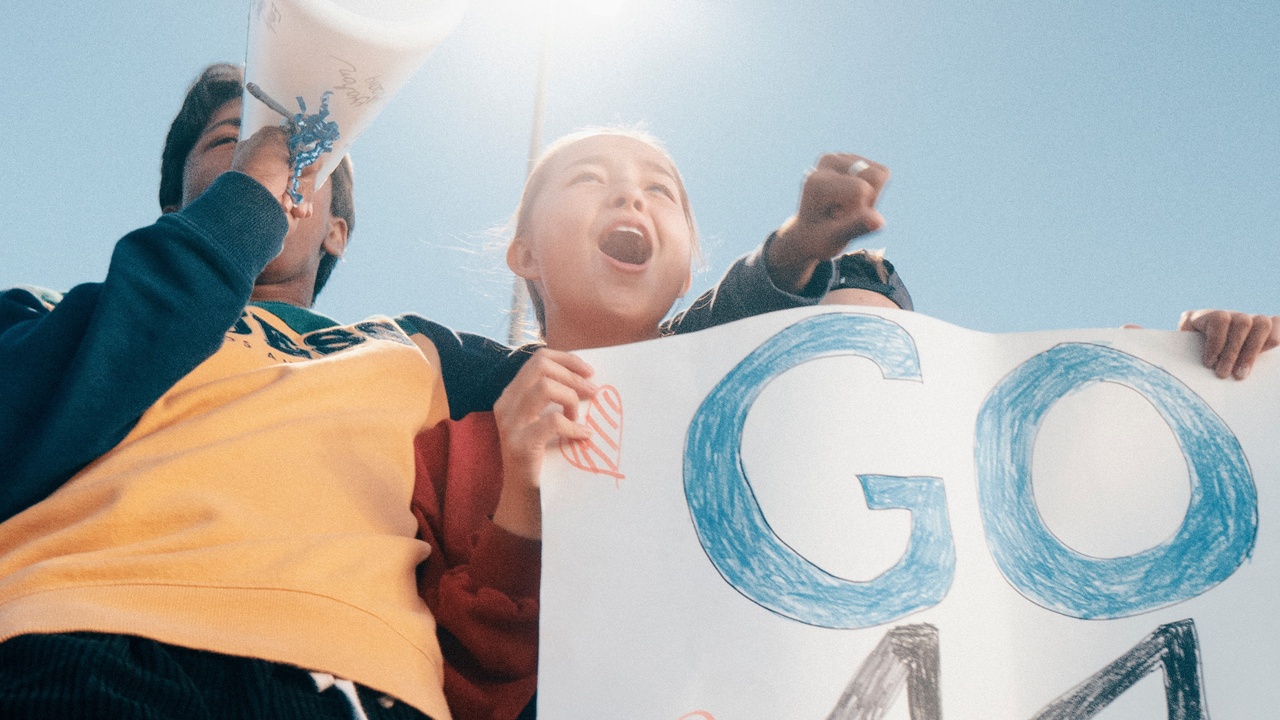
The T-Graph for Social Skills and its companion, Team Points, are a foundational strategy to foster positive interdependence for student teams. The teams don't earn anything extrinsic for having the most points. There are no pizza parties, candy, or stickers. The points themselves ARE enough extrinsic motivation to create the intrinsic motivation we want to see in our teams for pro-social behaviors.
The emotional reward of earning points for demonstrating our focus social skill creates a metacognitive barometer for the student. "If we do ____, then ____ happens."
But, let's be honest here.
Does any routine stay fresh and exciting for the whole year?
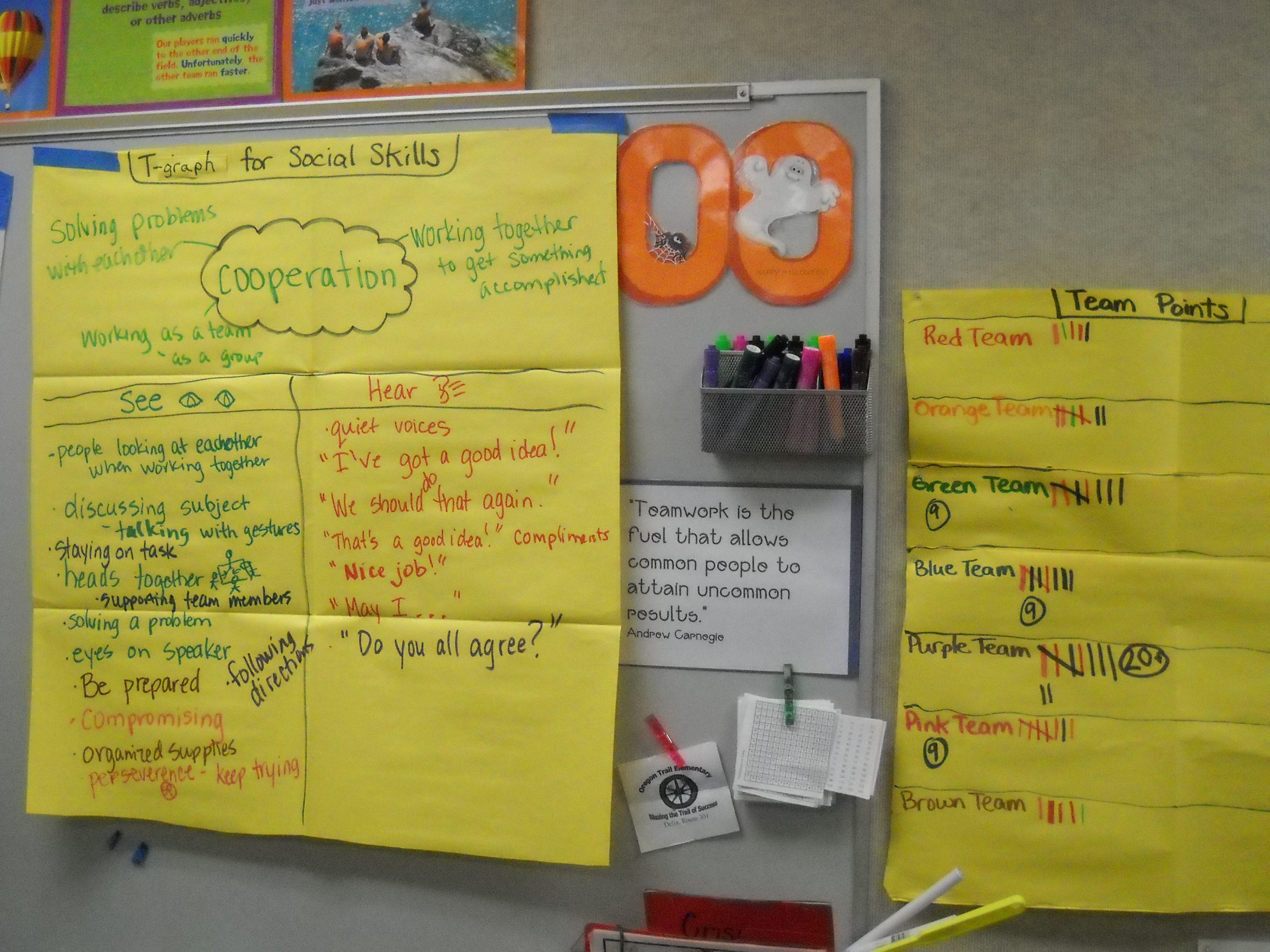
We are approaching the time of year most teachers have a pretty smooth running ship. Heads up! There will be times, such as returning from winter or spring breaks (or a pandemic closure), testing season, or the end of the year in sight, and many of us need to take some time to review classroom rules and reestablish routines. ...


